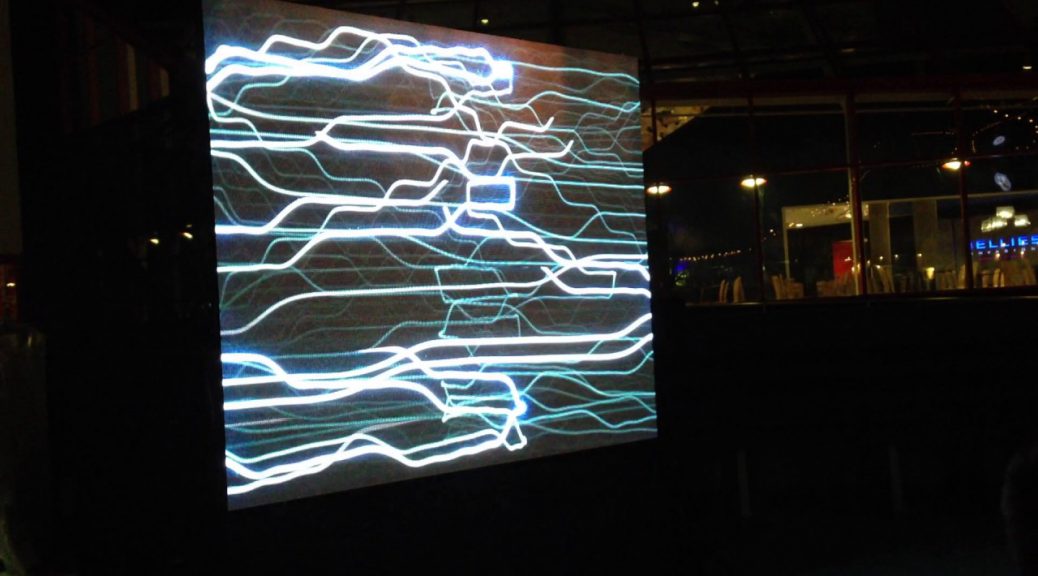Jan Chipchase mentioned some relevant points I have seen in my life. First, regarding the valuables that people carry: money, key and mobile phones. He also mentioned that mobile phones have actually situated at the security and even physiological needs level at Maslow’s Hierarchy of Needs; a point that I have not realised before. Looking back to 2007, I used mobile phones just to communicate with my family and my friends. There was a rising trend in using Blackberry phone in Indonesia and people were so excited to be able to communicate using Blackberry chat platform; the first social media we got to know even before Facebook. Now, not only we are using smartphones (without any more keypads necessary), our lives are also involved around apps, be it for entertainment purposes, or even to help us manage our lives better. This brings to the next point Chipchase mentioned.
The fact that human likes to forget things, we delegate tasks to other people or in this case, our phone to do our tasks. From remembering people’s contacts, setting our schedules, to even replacing our wallet as a medium for payment. E-banking has made our financial management very easy, deliberating the tedious process of queueing in a bank just to get the service. Paywaves, Apple Pay, Android Pay, Samsung Pay (and the list goes on…), make our lives easier when purchasing is just a tap away. As we are moving to a cashless society, e-money might some day replace cash but they are still debatable to this day. With more convenience, there are more responsibilities as well. People are becoming more anxious when they lose their phones because everything about them is on their phones. When our security and privacy is at stake, to what extent do people want to trade them for convenience?
The third point that Chipchase discussed is the street innovation. In 2007 when people were still using Nokia phones, there are a lot of repair services in malls and IT centres. Even when our phones’ battery needs replacement, we can go to these stores and look for a new one and voila! We can continue using our old phones. Nowadays, we are using smartphones with irreplaceable batteries which I think is one strategy from phone companies to beat the street innovation. However, we all know that somewhere in China, there are people who can revive our old iPhones. Therefore, designers also need to learn from the streets how to challenge the norm, to meet people’s needs better and make products that are more suitable for the user.









